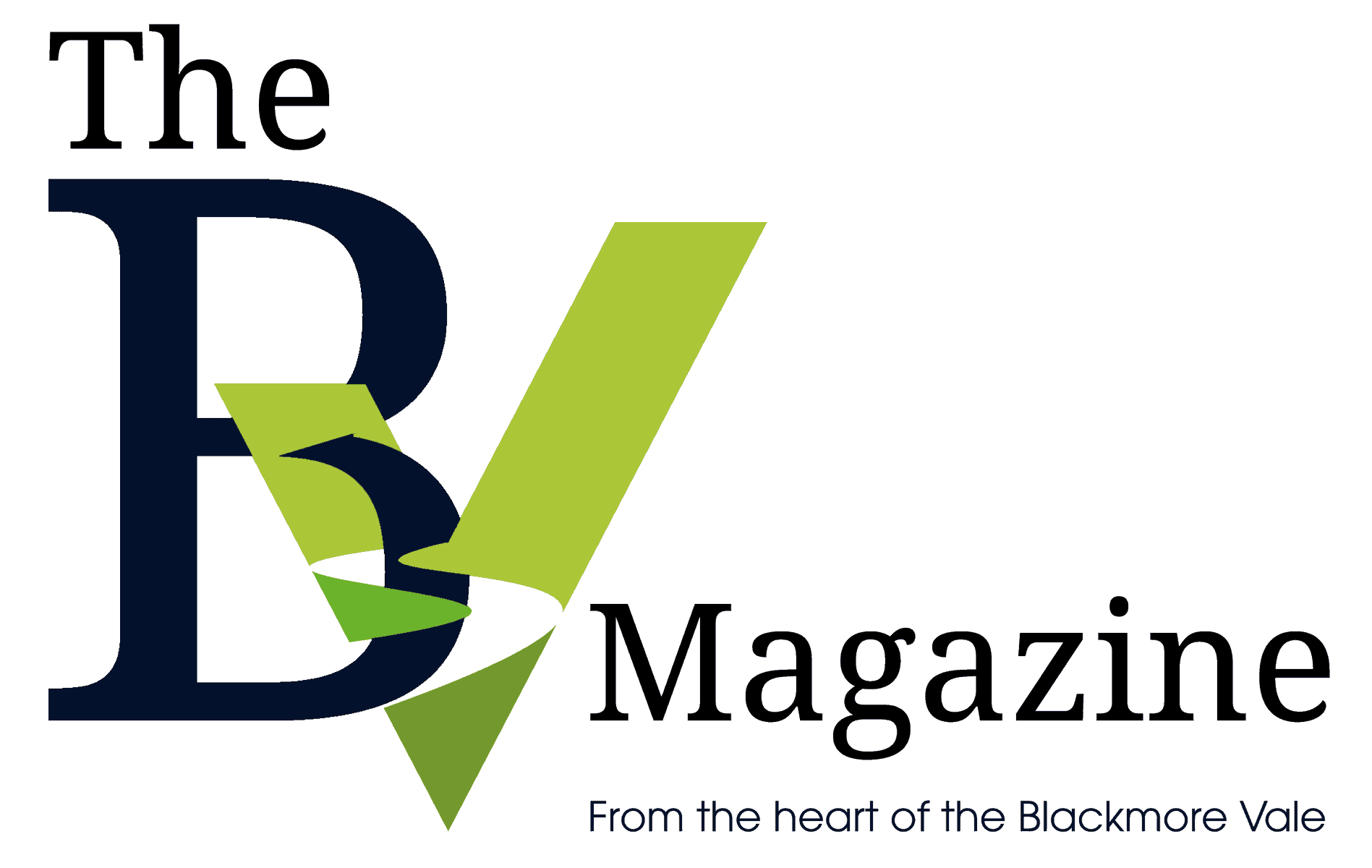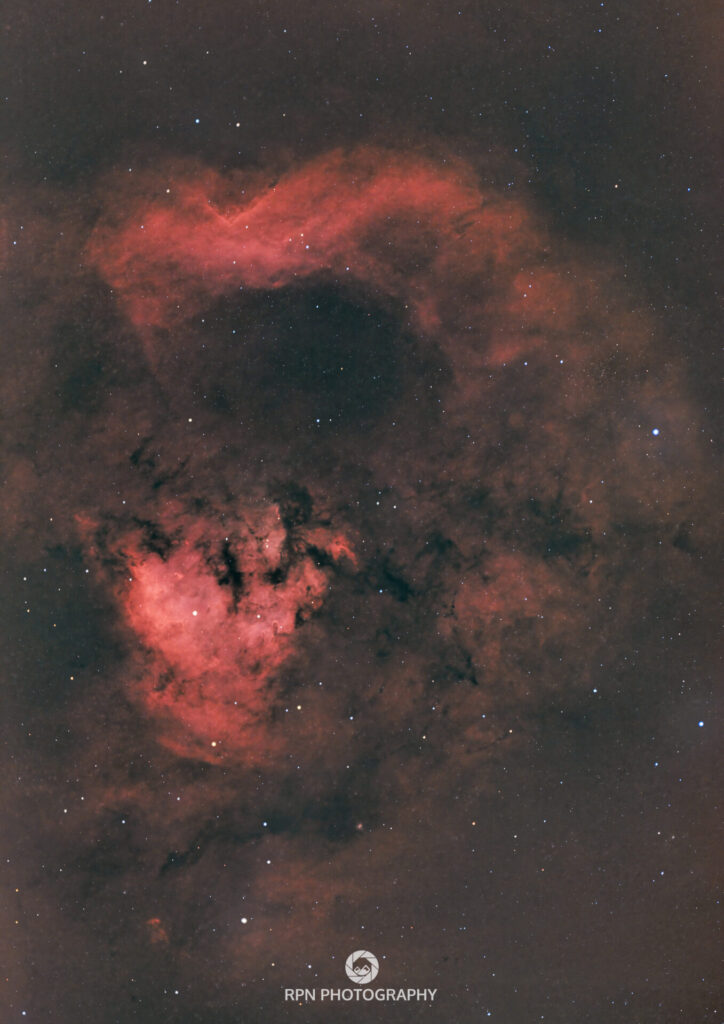Astrophotographer Rob Nolan captures a nebula’s chilling skull-shaped visage and suggests we wrap up for winter’s finest stargazing
As we rapidly approach Christmas and the temperatures have suddenly started to drop below the double digits, it’s all too easy to stay indoors in the warm. But when the temperatures dip to near zero, that’s when we get some of our crispest, clearest skies – so wrap up warm and get outside for some amazing stargazing this month!
Last month I asked what BV readers would like to see in this month’s image, but unfortunately I didn’t have enough time to acquire any data on the suggestions you sent. I will give them a go soon, I promise!
So, instead, I’ve chosen a region of space that I haven’t shared before – the NGC 7822, otherwise aptly known as ‘the question mark nebula’. It’s also known as the skull; in this image you can clearly make out a quite disconcerting shape of a skull, complete with teeth! Had the image been a slightly wider field of view, a small dot shape nebula would have been visible further down, completing the shape of a giant question mark in space (hence my appropriate image title!).
It’s amazing what shapes we impose onto these objects in space from our own world’s recognisable patterns. NGC 7822 is a young star forming complex emission nebula in the constellation of Cepheus. Some 3,000 light years away, it’s a violent, chaotic, deep-sky region where young stars are still being born, their powerful radiation ionising the surrounding gas and causing it to glow. I only captured Hydrogen Alpha data on this object, hence its predominant red glow. It’s an area of the sky I’d like to revisit to capture the full question mark object with full narrowband data.
- This image was taken in August this year. It is approximately three hours of data, shot in HaLRGB, with my smaller 70mm refractor telescope at 350mm focal length.
The night sky, December 2023 – Rob’s guide for your stargazing this month:
This year, December certainly feels like the celestial advent calendar of Christmas presents bestowed upon our night skies … providing we get some clear nights, of course! With a surprise second meteor shower appearing this month, it really could be Christmas come early for astronomers!
We kick the month off straight away on the night of 1st/2nd, and 2nd/3rd when we might be treated to a rare display and return to our skies of the Andromedids. We’ve not seen them with the naked eye for many decades, so this could be a real treat! The meteors in this display originate from the now-obliterated Biela’s Comet, which broke up in 1846. In early December we’ll cross paths with the debris that it shed in 1649!
We could see up to 200 meteors per hour, so this is definitely one to get outside and watch in the moonless hours. The meteors generally appear to originate in the constellation of Andromeda, as the name of the shower suggests, but due to its age and diffusion, meteors may appear to come from the neighbouring constellations, such as Pisces, Triangulum and Cassiopeia.
On 10th December, if you’re up before dawn, you’ll be treated to a view of the thinnest crescent Moon, with Venus (the Morning Star) hanging above.
On the night of the 13th/14th, we’re treated to the second meteor shower of the month! The annual Geminids may prove to be the best annual show this year of these natural celestial fireworks.
They’ll be unspoilt by moonlight, so should hopefully produce a bright display. These meteors are actually caused by an asteroid called Phaethon, instead of the usual comets.
On the 17th, Saturn shines brightly above the Moon. The Winter Solstice occurs on the 22nd at 03:37am, at which point the Sun reaches its southernmost point in our skies, making the shortest day and longest night in the northern hemisphere.
On the night of the 22nd, the brilliant shining star near to the Moon will be the gas giant Jupiter.
I’d like to take a moment to thank all the BV readers for their support and interest in the night sky articles I’ve written this year. I hope they have inspired you, at whatever age, to go outside and look up in wonder – or perhaps a little more knowledge. Maybe Father Christmas will be delivering your first telescope this year!
I hope you all have a wonderful Christmas and New Year. Until next time, clear skies!
Find Rob on Facebook as RPN Photography here – RPNphotographyDorset




